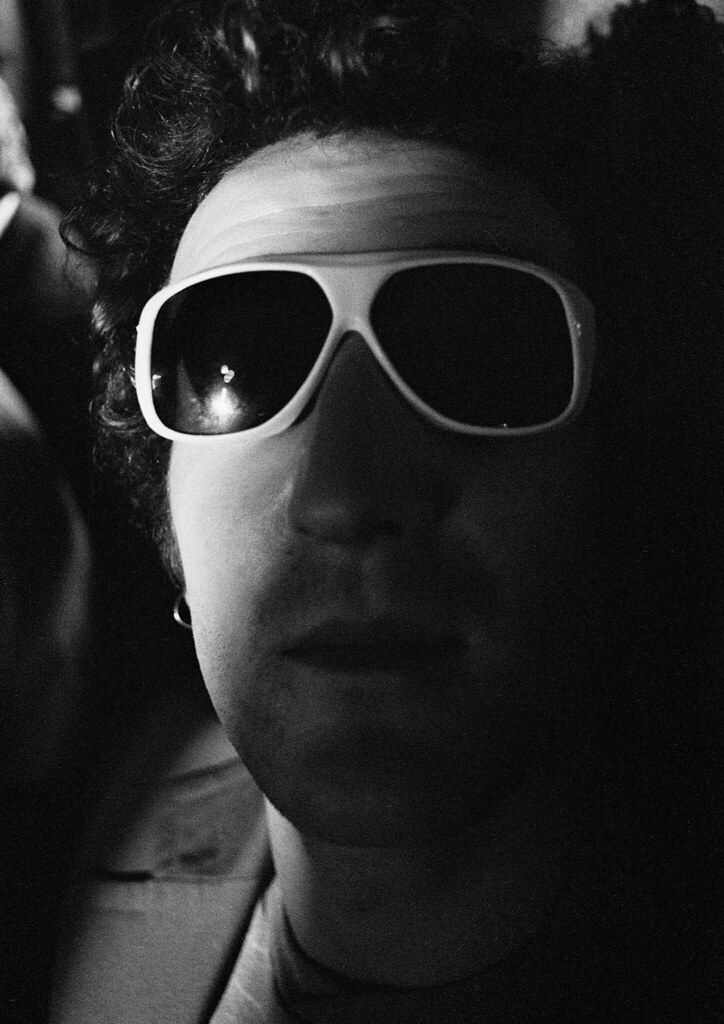Roger Hicks
Veteran
When "low light" starts to bump into "no light," exposure accuracy is overrated. It's more about getting any kind of exposure at all.
YES!!
Cheers,
R.
When "low light" starts to bump into "no light," exposure accuracy is overrated. It's more about getting any kind of exposure at all.
Those are pretty good pictures, Stewart, given your claim that you spoil many frames. [edit] I'd prefer 1/8 sec. with a normal or a wide, but then I use ASA 100 film almost exclusively.

I would just get a better meter, something like the Gossen Digisix (very portable) or the Sekonic equivalent. This assumes you know how to use a meter properly & work w/its limitations.
It is both reflected and incident and there is a also gizmo that turns it into a spot meter. I have the gizmo somewhere but I've never used it. You take the reading which shows up as a red LED readout then dial it in on a wheel very similar to a Weston V. You do need enough light to read the f stop/exposure combos but the dials are well designed and very legible. The meter is reliable and reads down to -7EV at ISO100.Dont know how a Calcu-Light meters in such extremely dark situations, I mean I know it is sensitive but how does the metering work in practice...

I do have a Digiflash and I think its great. Still, at about 3-4 EV (400+ ASA) it is pretty much useless when you want to measure the main subject carefully... or maybe not useless, but it does not really help much at all. All it tells you is "expose as much as you can" 😉.
The case is this especially with color negative film, which benefits or at least somewhat perfectly tolerates one or two stops overexposure, while it does not like underexposure. Color negs will be a drag to get right when they are not exposed enough, but "over"exposed ones come out just fine.
So how do I get accurate exposures in low light?

